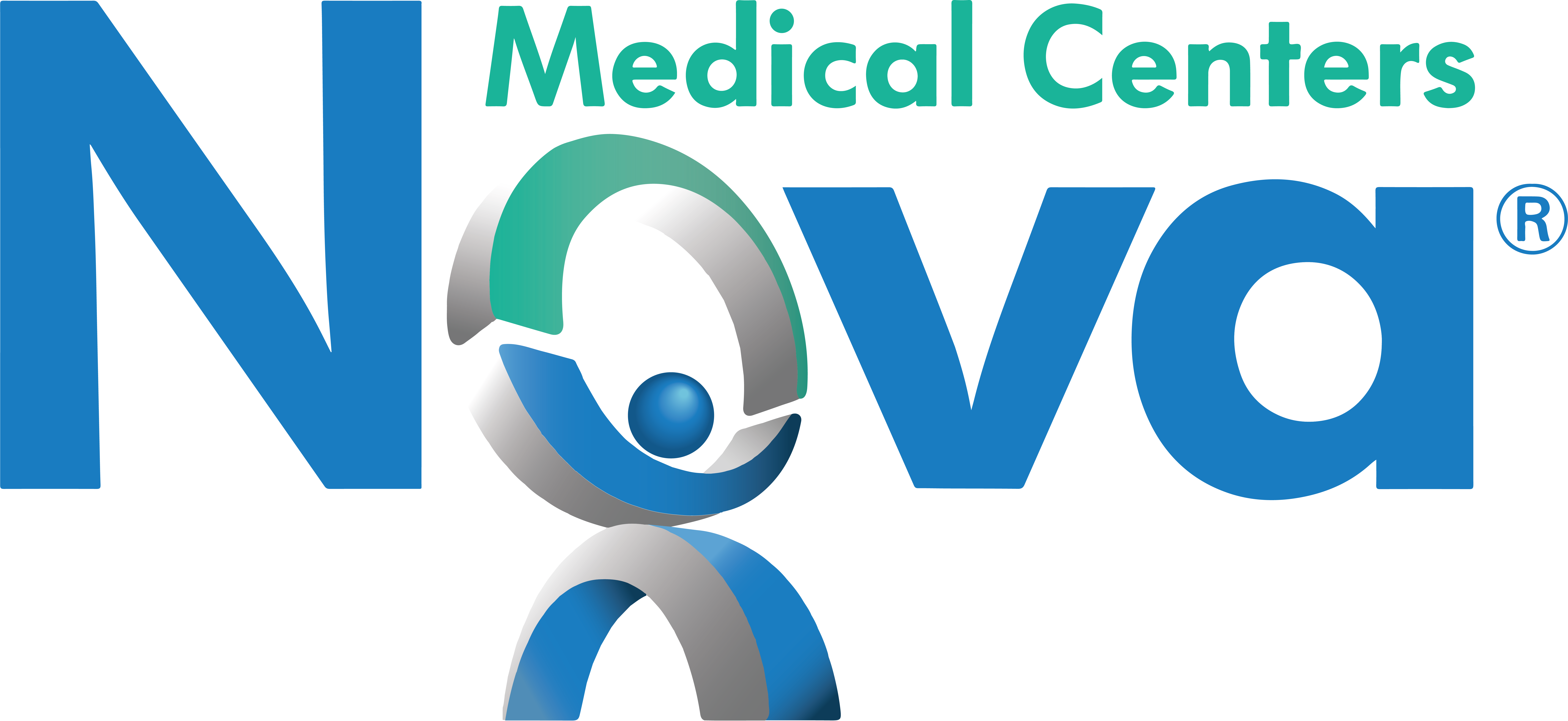
In work environments, when stress is likely at its highest, unwanted injuries can occur. According to OSHA, 4,679 workers were killed on the job in 2014 and thousands more suffered serious injuries. It is important to understand what some of the most common injuries are so that you can avoid them from happening to you.
I talked with one of our leading physicians, Dr. Peter Ruiz who treats at our Nova clinic located in McAllen, on the most common injuries he treats. Dr. Ruiz said, “It does not matter how heavy the object is. If you have poor body mechanics, you can injure your back even picking up a piece of paper.”
Lower-Back Injuries
Most common of any injuries treated by Dr. Ruiz are lower back injuries. Some common back injuries can be created by the posture used to carrying loads. Mail distributors are common job functions where injuries such as these may be present. The most common remedy to prevent such injuries are squatting and lifting with legs. Another pointer is to position yourself correctly and avoid bending forward to lift. A remedy for avoiding back injuries includes back stretches. Tips to avoid this include carrying objects close to the body, abdominal. When you carry objects further, it puts more strain on the back.
“When lifting you should squat, keeping your back straight with your arms straight the object close to your body in a good firm grip while using the strength of your legs to lift the object.” –Dr. Ruiz
Shoulder Injuries
Shoulder injuries are created when you lift heavy objects on your shoulder or above. Distributors for food and beverage companies may experience these injuries due to restocking and moving things overhead. Poor lifting techniques are the main cause of shoulder injuries. A simple way to prevent this is to lift without lying on your shoulder. Posture can also affect these injuries; lifting objects overhead and hunching forward can put chronic wear and tear on the shoulders. Other preventative measures such as keeping floors dry and putting up hazard signs when a floor is wet can also help in preventing injuries.
Dr. Ruiz: “If an object is too heavy or has an unusual shape that makes it difficult to lift, you should always get a partner to help you lift and carry the object.”
General Lifting Rules by OSHA.GOV:
- Preparing to lift by warming up the muscles
- Using a wide stance
- Ensuring a good grip on the load
- Keeping arms straight
- Tightening the abdominal muscles
- Tucking the chin into the chest
- Initiating lift with body weight
- Lifting smoothly without jerking
- Avoid twisting and side bending while lifting

Important Tips:
- Rest prevents fatigue
- Know how to recognize patterns and prevent them
- Do not perform a lift if you are not sure you can handle the load safely
Please visit OSHA.gov for more tips for lifting heavy objects: https://www.osha.gov/SLTC/etools/electricalcontractors/supplemental/principles.html#lifting
Nova Medical Centers are experts in occupational medicine, serving the workforce for over 2 decades to keep companies profitable by improving patients recovery as soon as possible so they can make the workforce stronger.
Written by: Jessica Hurd



